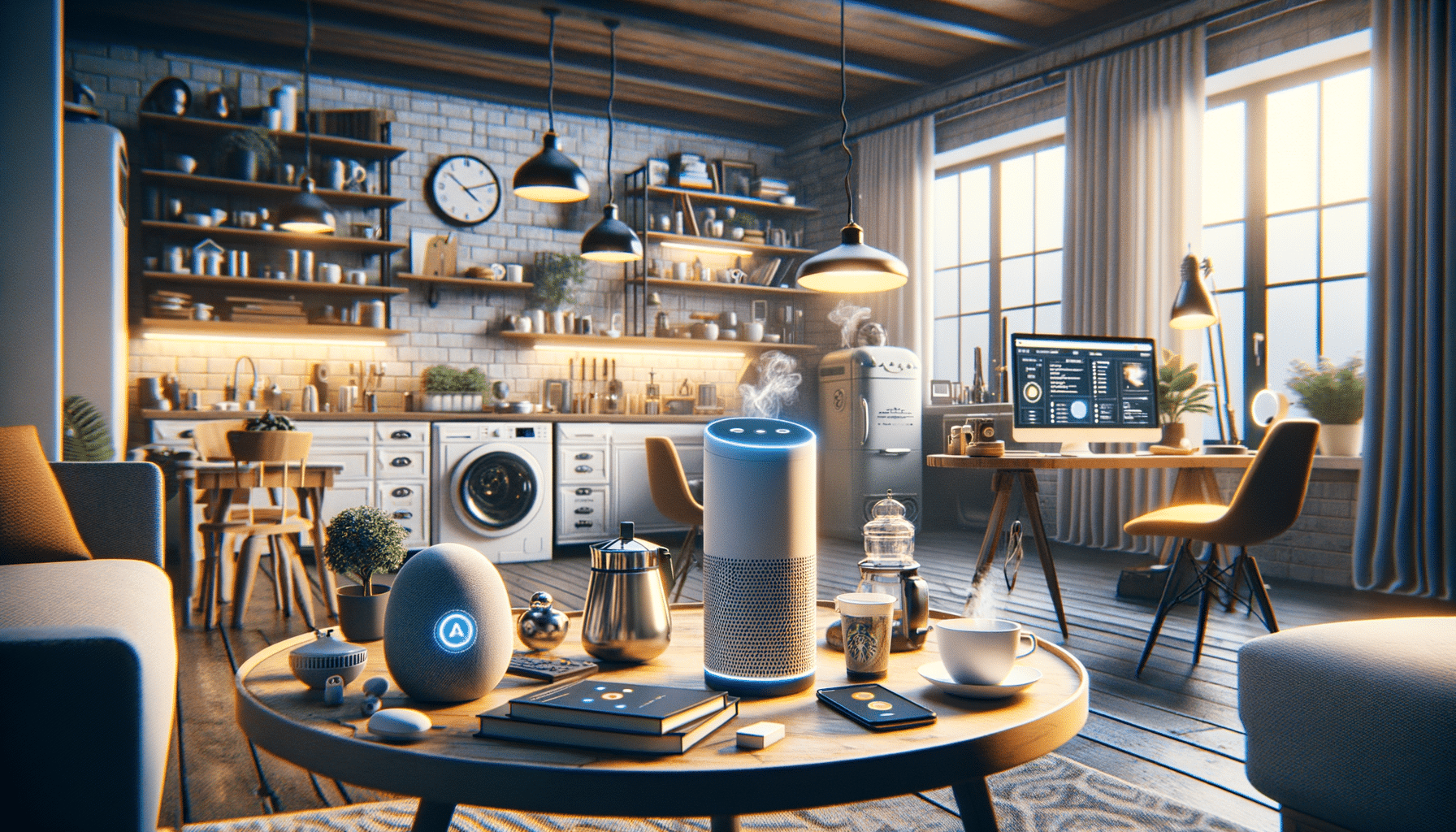
Ways AI Virtual Assistants Can Help Manage Daily Routines
Understanding AI Virtual Assistants
AI virtual assistants have become an integral part of modern technology, seamlessly blending into our daily lives. These intelligent programs are designed to understand and respond to human language, making them invaluable tools for managing tasks, answering questions, and even providing entertainment. But what exactly are AI virtual assistants, and how do they function?
At their core, AI virtual assistants are software applications that utilize artificial intelligence to perform tasks and services. They are equipped with natural language processing (NLP) capabilities, enabling them to comprehend and interpret spoken or typed language. This allows them to interact with users in a conversational manner, making technology more accessible and user-friendly.
The technology behind these assistants involves complex algorithms and machine learning models. These models are trained on vast datasets to improve their understanding and accuracy over time. As they process more data, they become more adept at recognizing patterns and providing relevant responses. This learning capability is what makes AI virtual assistants continually improve their performance and adaptability.
Some common features of AI virtual assistants include:
- Voice recognition
- Task automation
- Integration with other applications
- Personalization based on user preferences
These features allow users to perform a wide range of activities, from setting reminders and controlling smart home devices to conducting internet searches and making phone calls. As technology advances, AI virtual assistants are expected to become even more sophisticated, offering enhanced capabilities and further simplifying our daily routines.
AI Virtual Assistants and Their Growing Presence in Everyday Life
The presence of AI virtual assistants in everyday life is becoming increasingly prominent. They are no longer confined to smartphones and computers; they are now embedded in various devices and platforms, enhancing the way we interact with technology.
One significant area where AI virtual assistants have made a mark is in smart homes. With the integration of smart speakers and home automation systems, these assistants can control lights, thermostats, and security systems with simple voice commands. This not only adds convenience but also improves energy efficiency and security.
In the workplace, AI virtual assistants are transforming productivity. They can schedule meetings, manage emails, and even provide insights through data analysis. By handling routine tasks, they allow employees to focus on more strategic and creative aspects of their jobs, leading to increased efficiency and innovation.
Moreover, AI virtual assistants are enhancing customer service across various industries. Businesses are deploying them to handle customer inquiries, process transactions, and provide personalized recommendations. This not only improves customer satisfaction but also reduces operational costs.
The healthcare sector is also benefiting from AI virtual assistants. They assist patients in managing their health by providing medication reminders, tracking symptoms, and offering health-related advice. This can lead to better health outcomes and reduced strain on healthcare providers.
As AI technology continues to evolve, the role of virtual assistants in everyday life is expected to expand. They will likely become more intuitive, capable of understanding context and emotions, further enhancing their utility and integration into our daily routines.
Integrating AI Assistants into Daily Routine
Integrating AI assistants into daily routines can significantly enhance productivity and convenience. These intelligent tools can help streamline tasks and manage time more effectively, making them invaluable for individuals seeking to optimize their day-to-day activities.
One practical way to integrate AI assistants is by using them for scheduling and reminders. They can manage calendars, set reminders for important tasks, and even alert users about upcoming events. This ensures that nothing falls through the cracks, reducing stress and improving time management.
AI assistants can also help in managing household chores. By connecting with smart home devices, they can control appliances, adjust lighting, and even manage grocery lists. This automation of routine tasks saves time and effort, allowing users to focus on more important activities.
For those who enjoy fitness and wellness, AI assistants can act as personal trainers. They can provide workout suggestions, track progress, and offer nutritional advice. This personalized approach to health management can motivate individuals to maintain a healthy lifestyle.
Moreover, AI assistants can enhance learning and personal development. They can recommend books, articles, and online courses based on user interests and goals. This continuous learning support can help individuals grow personally and professionally.
To make the most of AI assistants, users should explore the various features and customize them according to their preferences. By doing so, they can create a tailored experience that aligns with their lifestyle and needs. As AI technology advances, these assistants will likely offer even more innovative ways to integrate into daily routines, making life more efficient and enjoyable.
